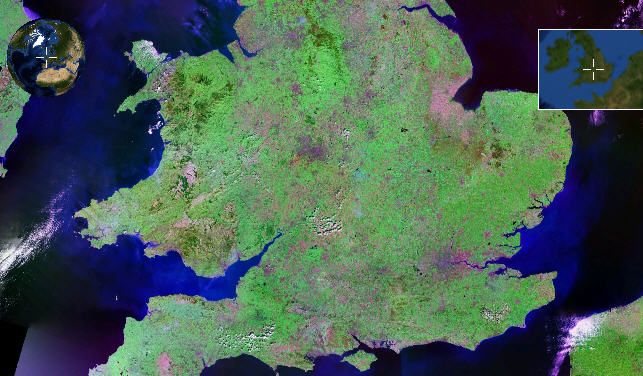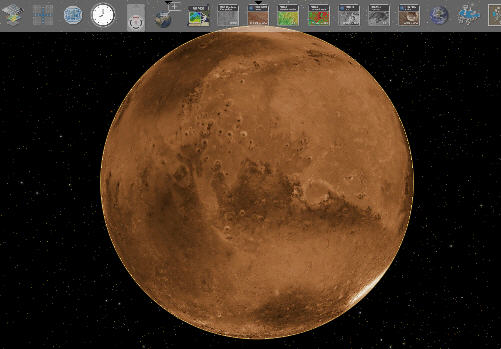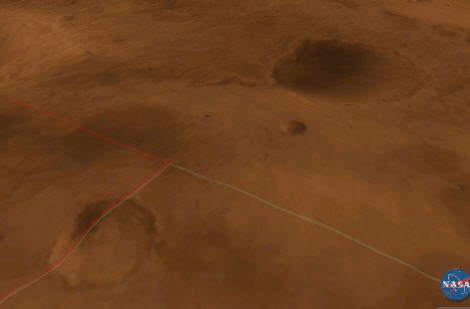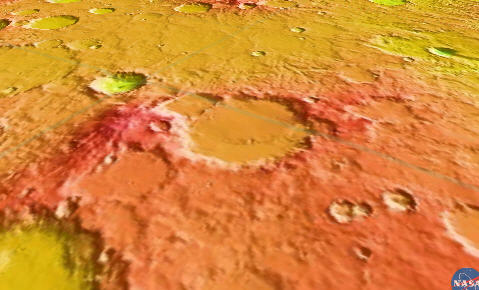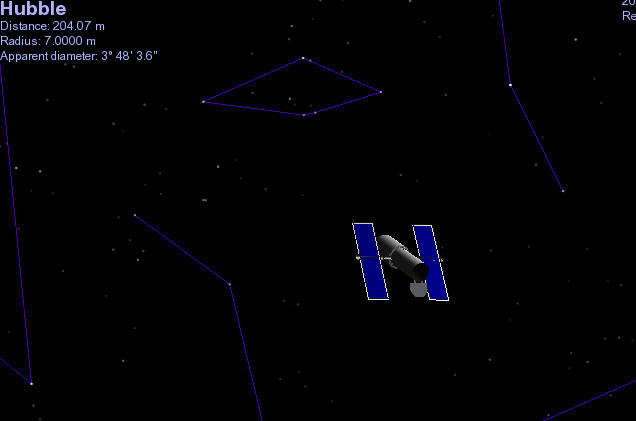August 02, 2007
NASA World Wind - 3D Globe plus NASA Data
Driving up to Milton Keynes today, I was listening to an IT Conversations podcast from Where 2.0 about NASA Worldwind that mentioned the NASA World Wind app, a 3D globe that can be used to visualise Earth related data as well as the Moon, Mars, Venus and Jupiter.
As well as providing a 3D visualisation of the globe (along with 3D relief) World Wind provides overlays for many scientific visualisations, including animations.
As mentioned, World Wind is not just about the Earth. Here's Mars:
Mars in relief (you only really get the feel for it when interacting with the globe):
Mars in colour relief:
Also mentioned in the questions at the end of the podcast was Celestia, a "free space simulation that lets you explore our universe in three dimensions.... Unlike most planetarium software, Celestia doesn't confine you to the surface of the Earth. You can travel throughout the solar system, to any of over 100,000 stars, or even beyond the galaxy. "
But just for a taste, here's a view of part of our own solar system - Saturn:
And something man-made - the Hubble Space Telescope (with constellations mapped out in the background).
I don't think OpenLearn has any astronomy units up yet, but a question occurs to me... How can we use OpenLearn to support learning around applications such as World Wind or Celestia, if there aren't any related OpenLearn units available?
I guess the only way at the moment is to upload the basics of a new unit to LabSpace?
Posted by ajh59 at August 2, 2007 09:52 PM